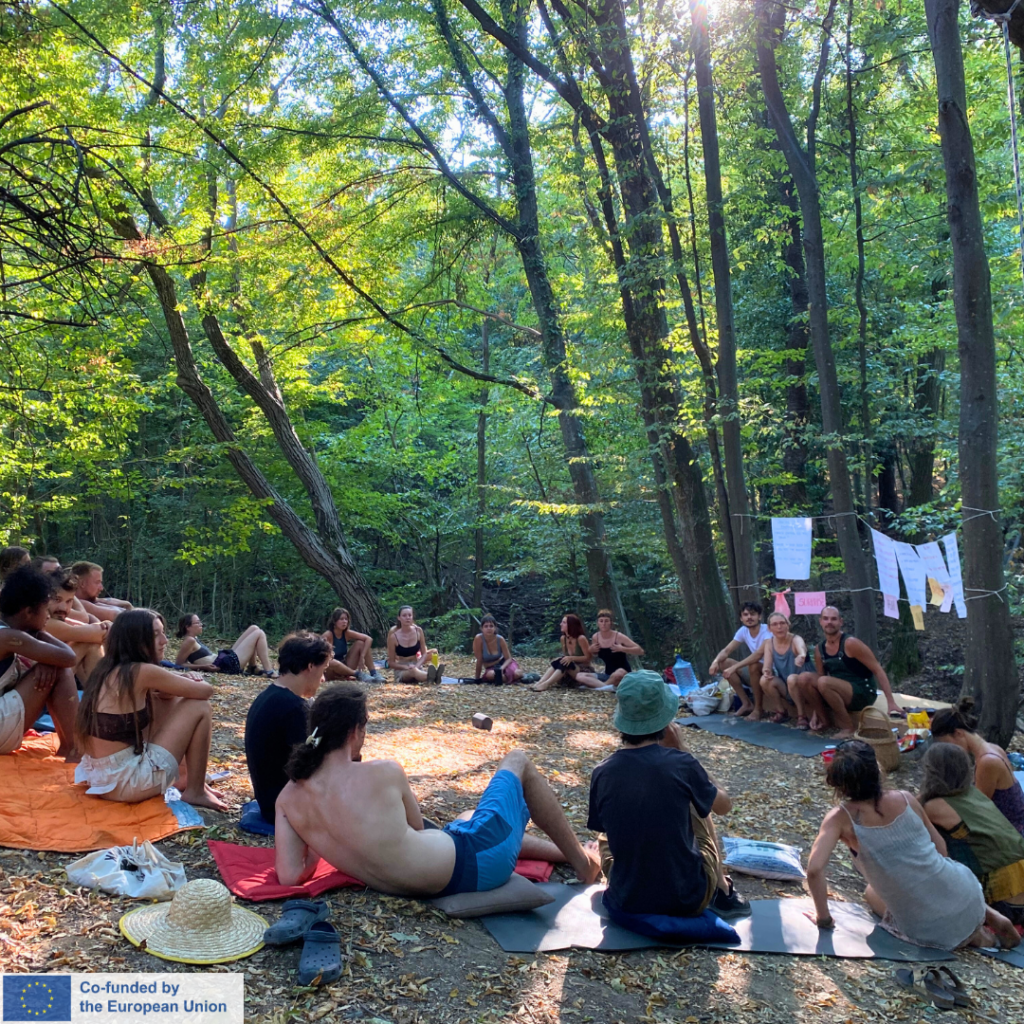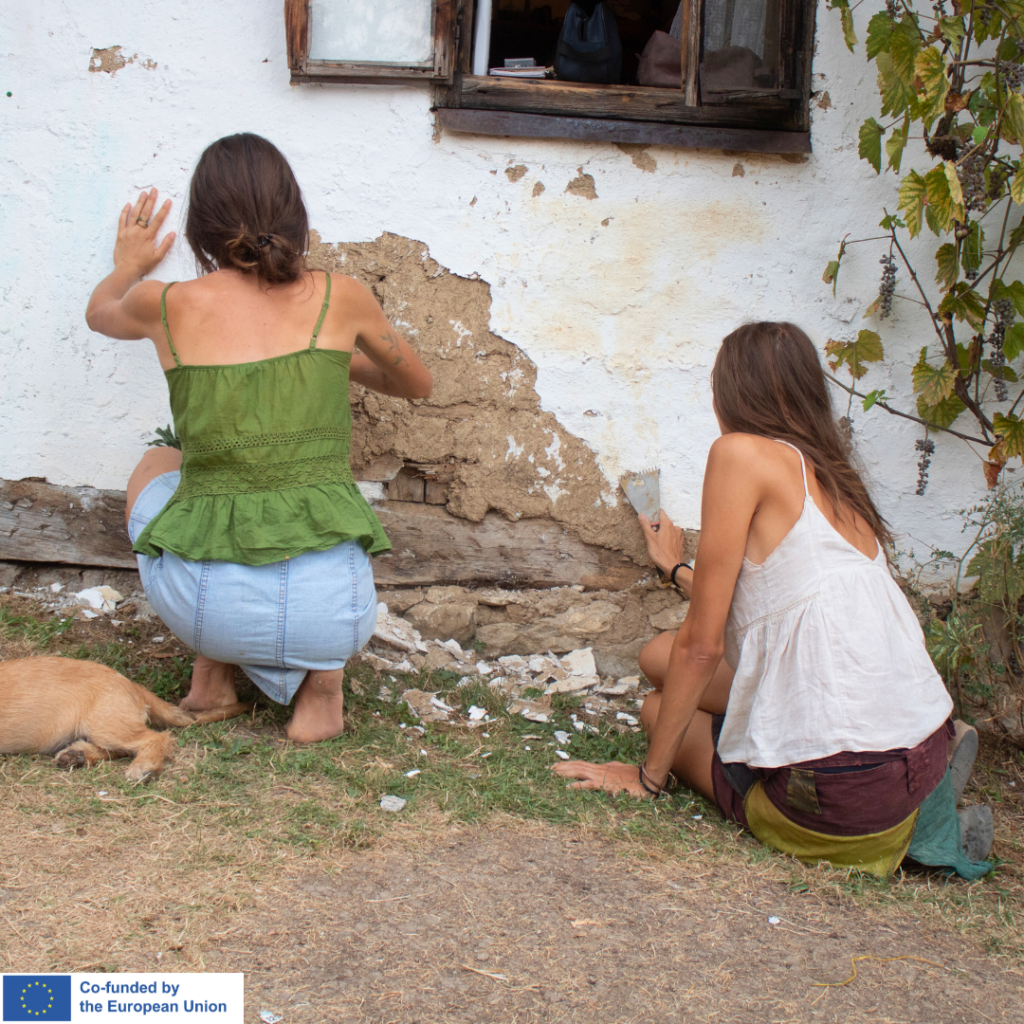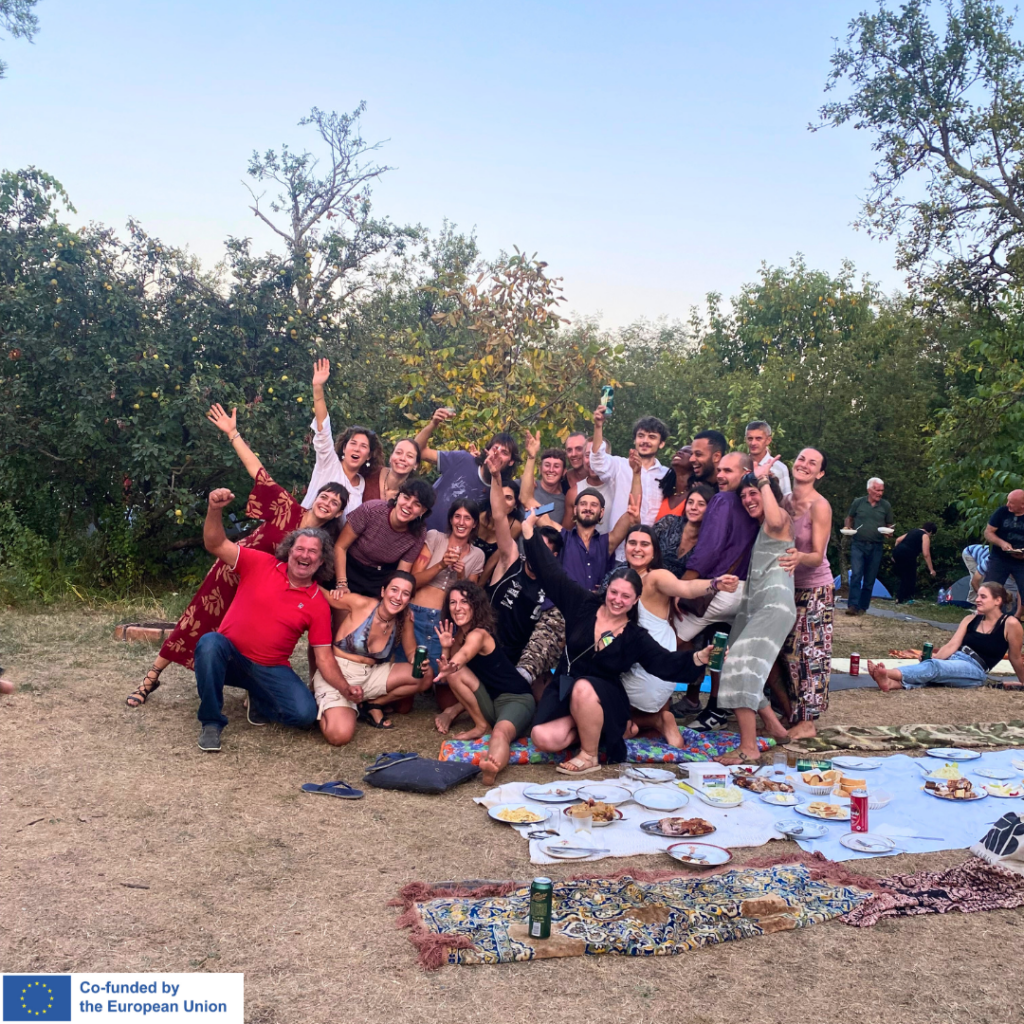Revitalizing Rural Communities: Erasmus + Youth Exchange in the Rural Area of Serbia
From the 7th to 17th of August, the household of Valley of Jara became the hosting place of Zeleno dopa’s first youth exchange – Revitalizing Rural Communities. It brought together 30 participants from Spain, Serbia, Germany, France, and Greece and around 10 additional volunteers from Serbia.
This exchange was a rich cultural experience and a theoretical and hands-on opportunity to learn, share, and exchange how to breathe new life into rural communities through environmental regeneration, biodiversity preservation, cultural exchange and connection, and group and self-reflection.

Throughout the program, participants engaged in insightful lectures focusing on creating native gardens and their importance in supporting biodiversity and wild pollinators. These sessions highlighted how nurturing native and autochthonous plants can promote biodiversity and protect local ecosystems. Participants took this knowledge into the field, collecting wild seeds and preparing them for germination—a practical step toward fostering sustainable rural landscapes.


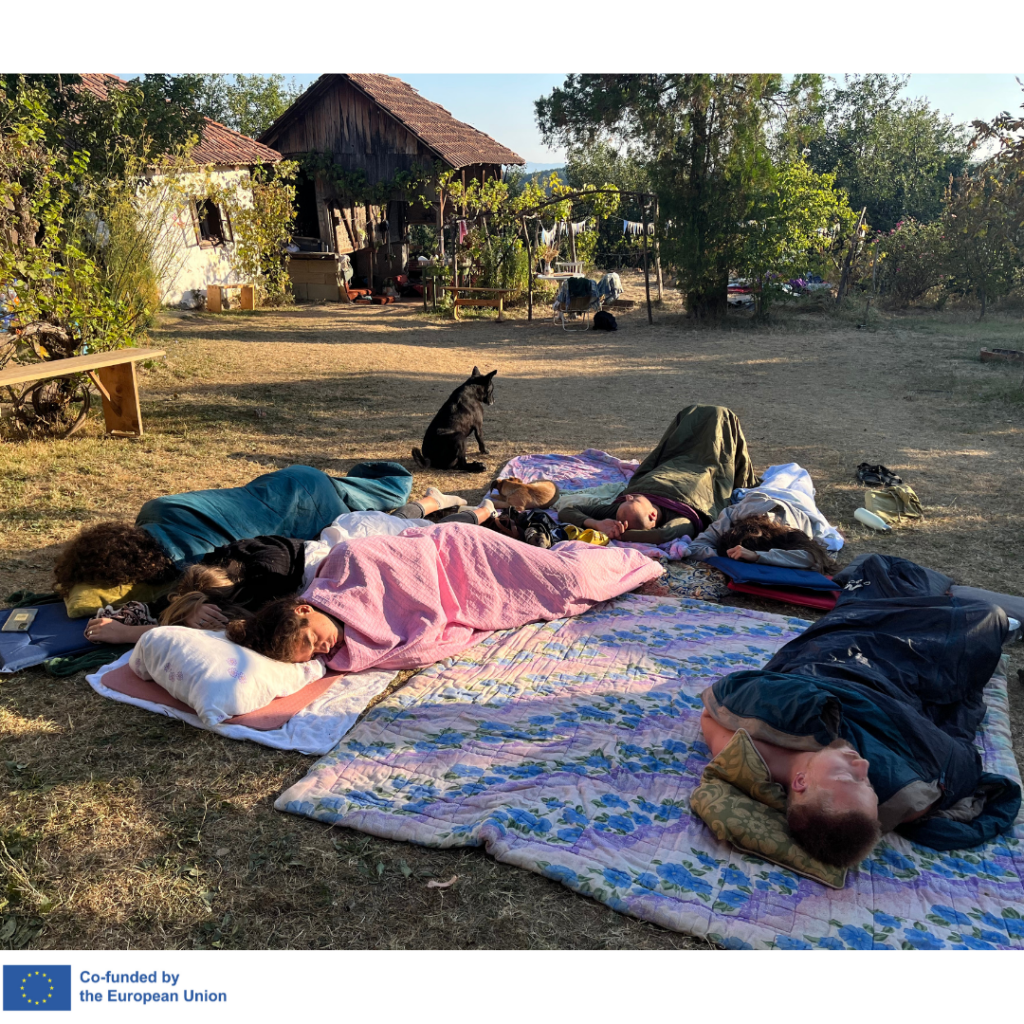
One of the highlights of the exchange was a cultural gathering held at the Jara household, where locals from two nearby villages mingled with participants. The day was filled with traditional food brought by local women, traditional music, and dance that stretched deep into the evening. Revitalizing Serbian culture took center stage, but in the spirit of exchange, other nationalities shared their food recipes throughout the days of the exchange.

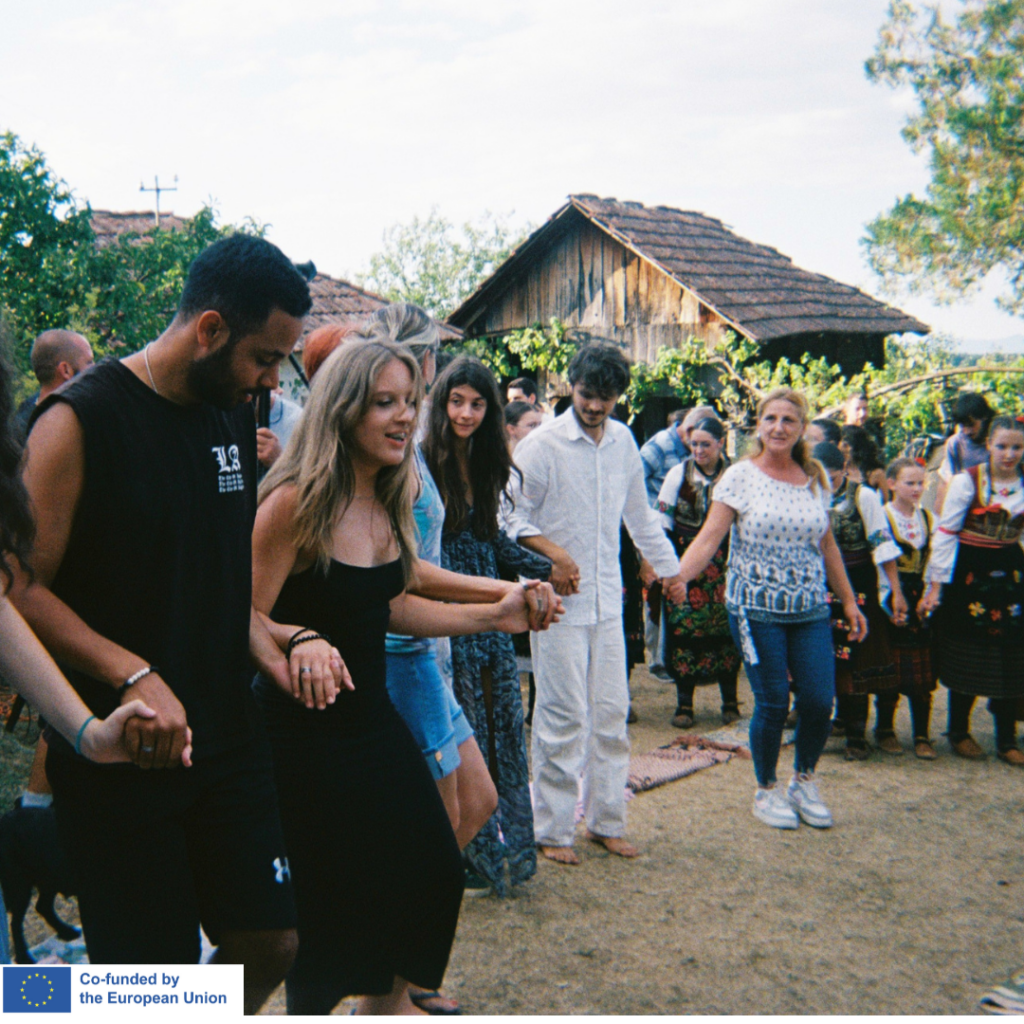
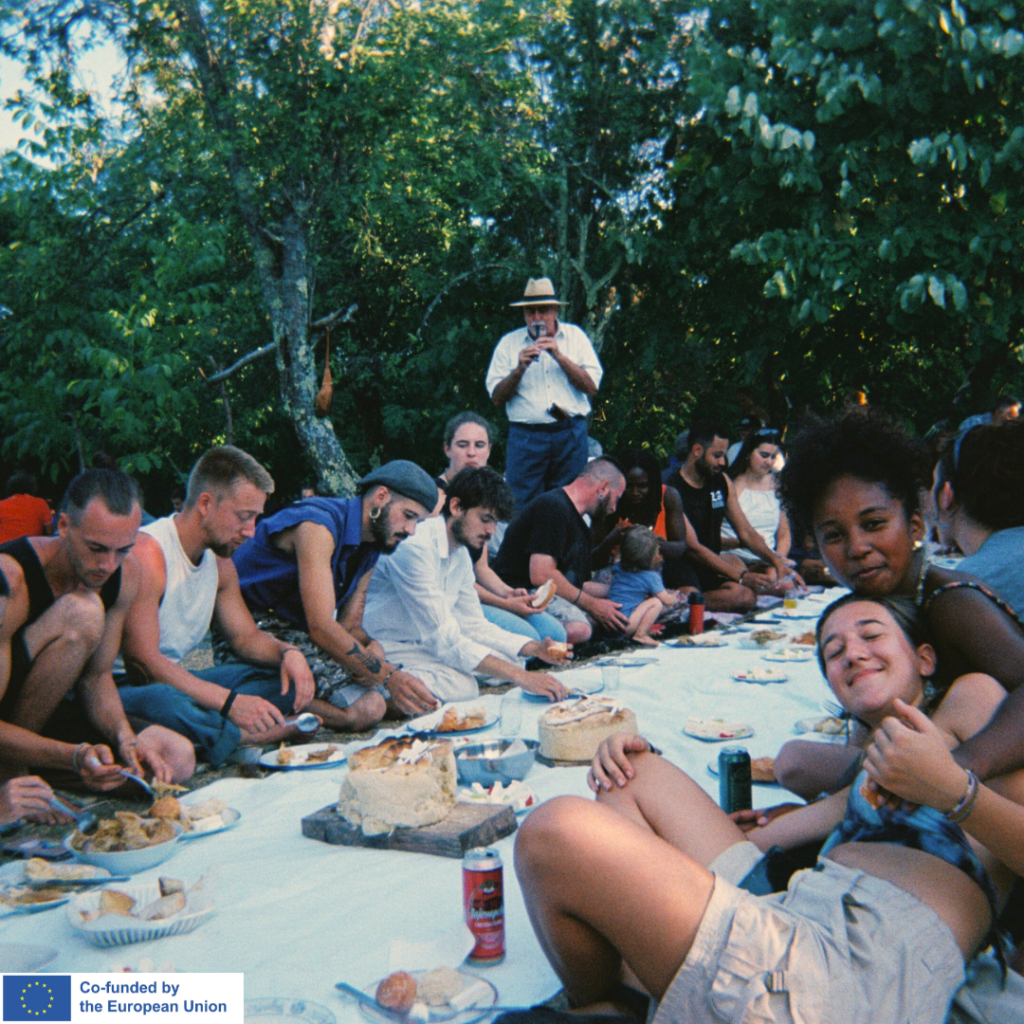
The program also covered ethics and principles of permaculture, emphasizing how this holistic approach to living, farming, and managing resources can support the world in its so-needed regenerative transition. Participants also had a lecture on understanding the soil and experience practical ways to apply permaculture design thinking in everyday life.
During the time given to the earth architecture sessions, participants learned the theory and practice of building with natural materials. Working together, they helped rebuild an old house, removing unstable sections and adding new layers by understanding the ratio when mixing mud, straw, sand, and water. This hands-on experience taught them the power of earth architecture to reduce ecological footprints and create sustainable, climate-resilient homes—an essential skill for reimagining societal shifts for transformation.


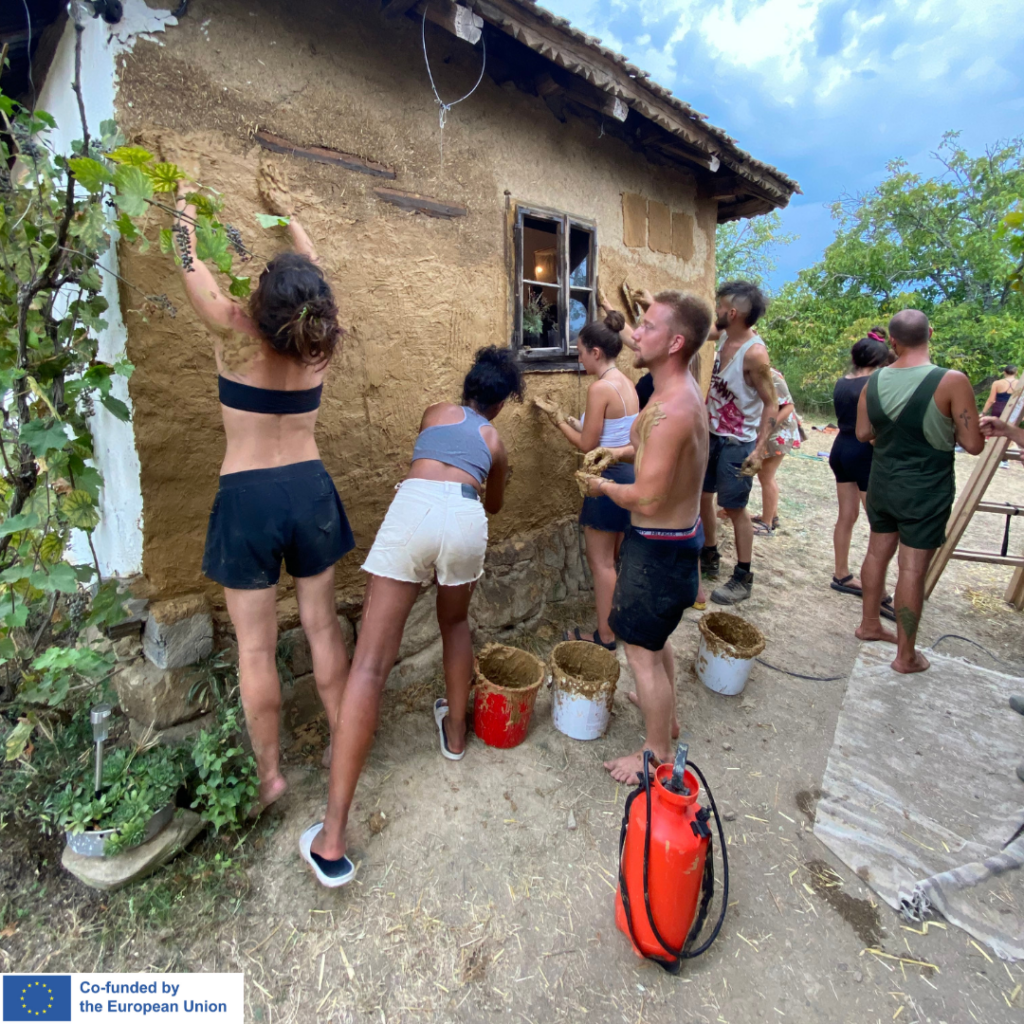
Additionally, the participants engaged in group dynamics workshops, guided by a facilitator and psychotherapist. These sessions helped them become more self-aware and understand group processes, fostering stronger relationships and teamwork throughout the exchange.
Every activity over these ten days showed different possible ways of revitalizing a rural place and its community. Some activities focused on revitalizing the land—through permaculture, earth architecture, and ecological protection—while others focused on revitalizing society, building connections between cultures, fostering personal growth, and enriching the local area.


